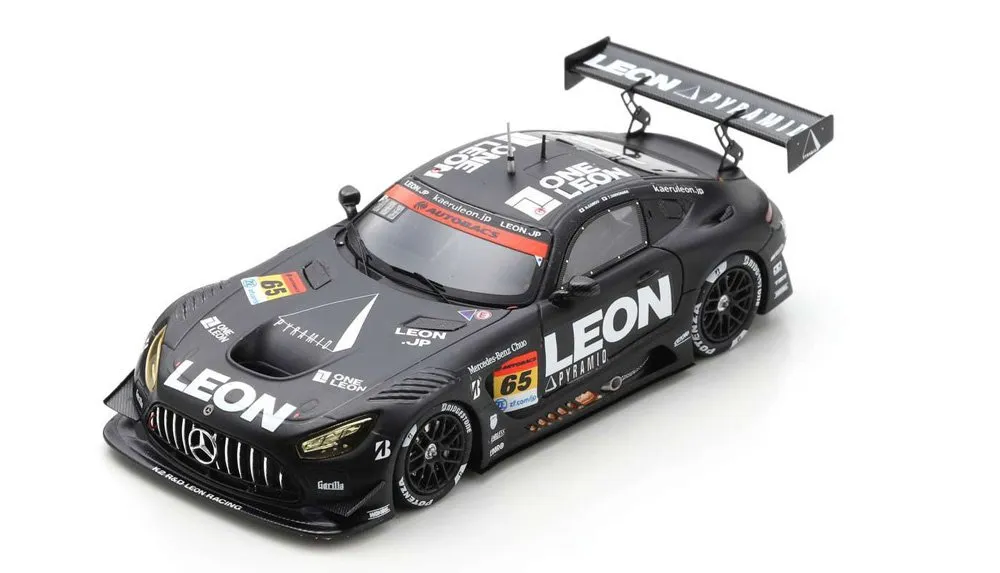What is a Diecast Model
Diecast models are miniature replicas of vehicles, typically cars, trucks, airplanes, and other forms of transportation, that are created using a die-casting process. This process involves injecting molten metal, usually zinc alloy, into a mold to form the model’s body and other components. These models are popular among collectors of all ages. The level of detail and the materials used can vary widely, from simple toys to highly detailed, museum-quality pieces. The term “diecast” refers to the method of manufacturing. The die-casting process allows for intricate designs and fine details, making the models incredibly realistic. The appeal of these models lies in their ability to capture the essence of their full-size counterparts in a smaller, more manageable form. They offer a tangible link to automotive history, design, and engineering.
The Allure of Diecast Models
The appeal of diecast models extends beyond mere aesthetics; they represent a diverse and engaging hobby that blends historical interest, artistic appreciation, and the thrill of collecting. For many, these models evoke nostalgia, reminding them of cherished childhood memories or the excitement of owning a dream car. Collectors are often drawn to the level of detail, craftsmanship, and the challenge of finding rare and exclusive pieces. Diecast models also serve as educational tools, providing insights into automotive design, engineering, and the history of transportation. The hobby allows individuals to connect with a community of enthusiasts, share knowledge, and build lasting friendships. The availability of models across various price points and scales makes the hobby accessible to a wide range of individuals, regardless of their budget or level of expertise. The passion for collecting these miniature vehicles continues to thrive.
Diecast Model Scales Explained
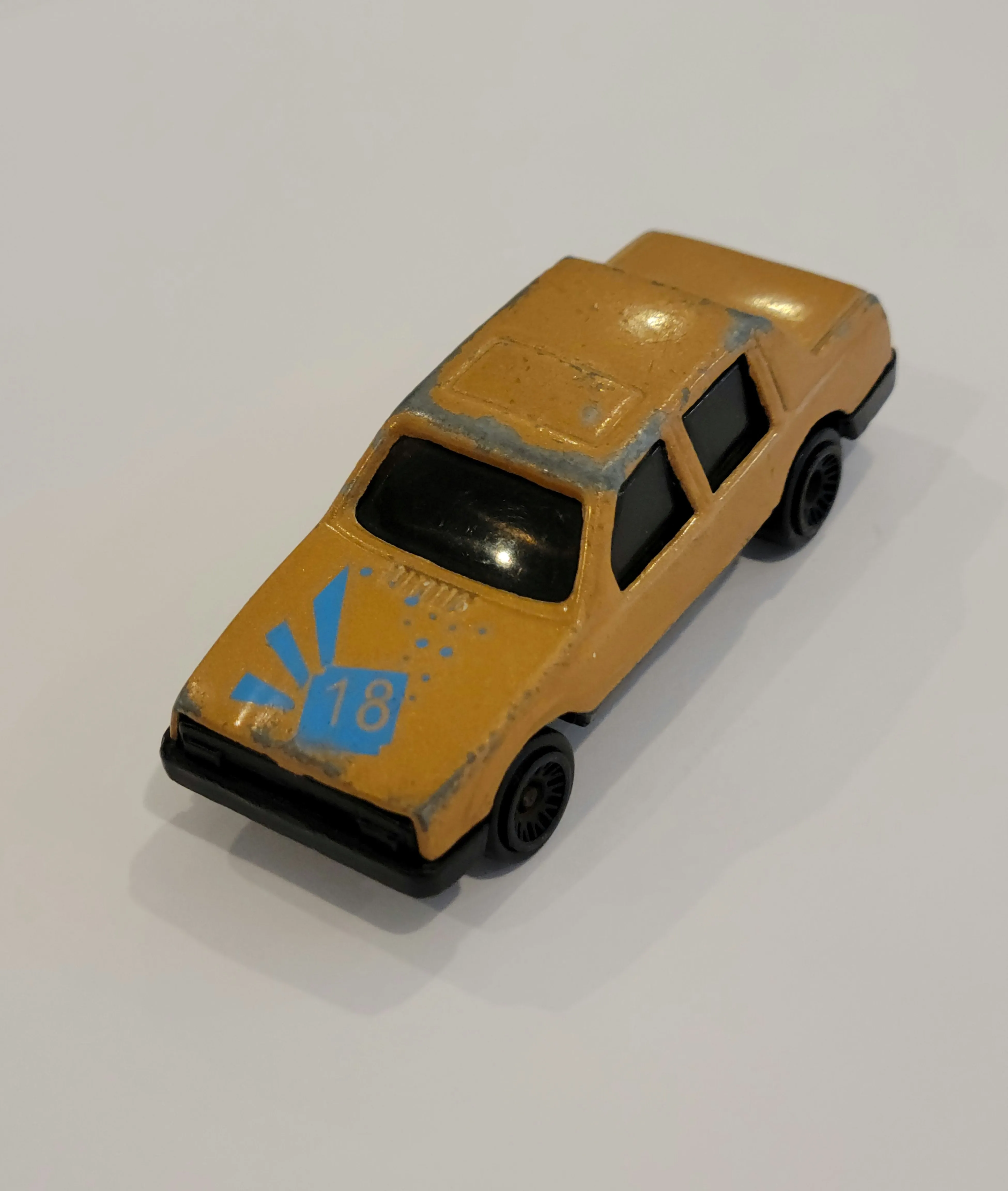
Diecast models are produced in various scales, which determine the size relative to the real-life vehicle. The scale is a ratio that indicates how much smaller the model is compared to the original. For instance, a 1:18 scale model is 18 times smaller than the actual car. The scale affects not only the physical size but also the level of detail possible and the overall cost of the model. Common scales include 1:64, 1:43, and 1:18. Each scale offers a different collecting experience, with larger scales often featuring more intricate detailing but also requiring more display space. Smaller scales are more affordable and easier to store, making them ideal for beginners or those with limited space. The choice of scale often depends on personal preference, the type of vehicles collected, and the available display space. Understanding scales is crucial for collectors to manage their collections effectively and make informed purchasing decisions.
Popular Diecast Model Scales
Several scales dominate the diecast model market, each appealing to different collectors based on their preferences and interests. 1:64 scale is the most common, largely due to its affordability and ease of storage, making it popular among both casual collectors and those new to the hobby. This scale is also frequently used by brands like Hot Wheels and Matchbox, offering a vast array of models. 1:43 scale is a favorite among serious collectors who appreciate a higher level of detail. These models often feature finely crafted interiors and realistic paint finishes, making them highly sought after. 1:18 scale models provide an even greater level of detail, allowing for intricate engine compartments, opening doors, and detailed interiors. These models are often considered premium collectibles due to their size, detail, and cost. Other scales, such as 1:24 and 1:12, cater to specific niches, offering unique collecting opportunities. The choice of scale significantly influences the collecting experience.
Factors to Consider in a Diecast Brand
When selecting a diecast brand, several factors should be considered to ensure the models meet your expectations for quality and collecting goals. The quality of materials is crucial; look for models constructed from high-quality diecast metal and durable plastic components. Attention to detailing and accuracy is another key aspect; assess the model’s paint finish, the precision of its interior and exterior features, and its overall resemblance to the real vehicle. Brand reputation and reviews offer valuable insights into a brand’s reliability, customer service, and the consistency of its product quality. Consider the variety of models available and the specific vehicles the brand produces, ensuring it aligns with your collecting interests. Also, consider the price point and whether it fits your budget. The availability of replacement parts and the brand’s support for its products can also influence your purchasing decisions. Evaluate these factors to determine which brands offer the best value and best suit your collecting needs.
Quality of Materials
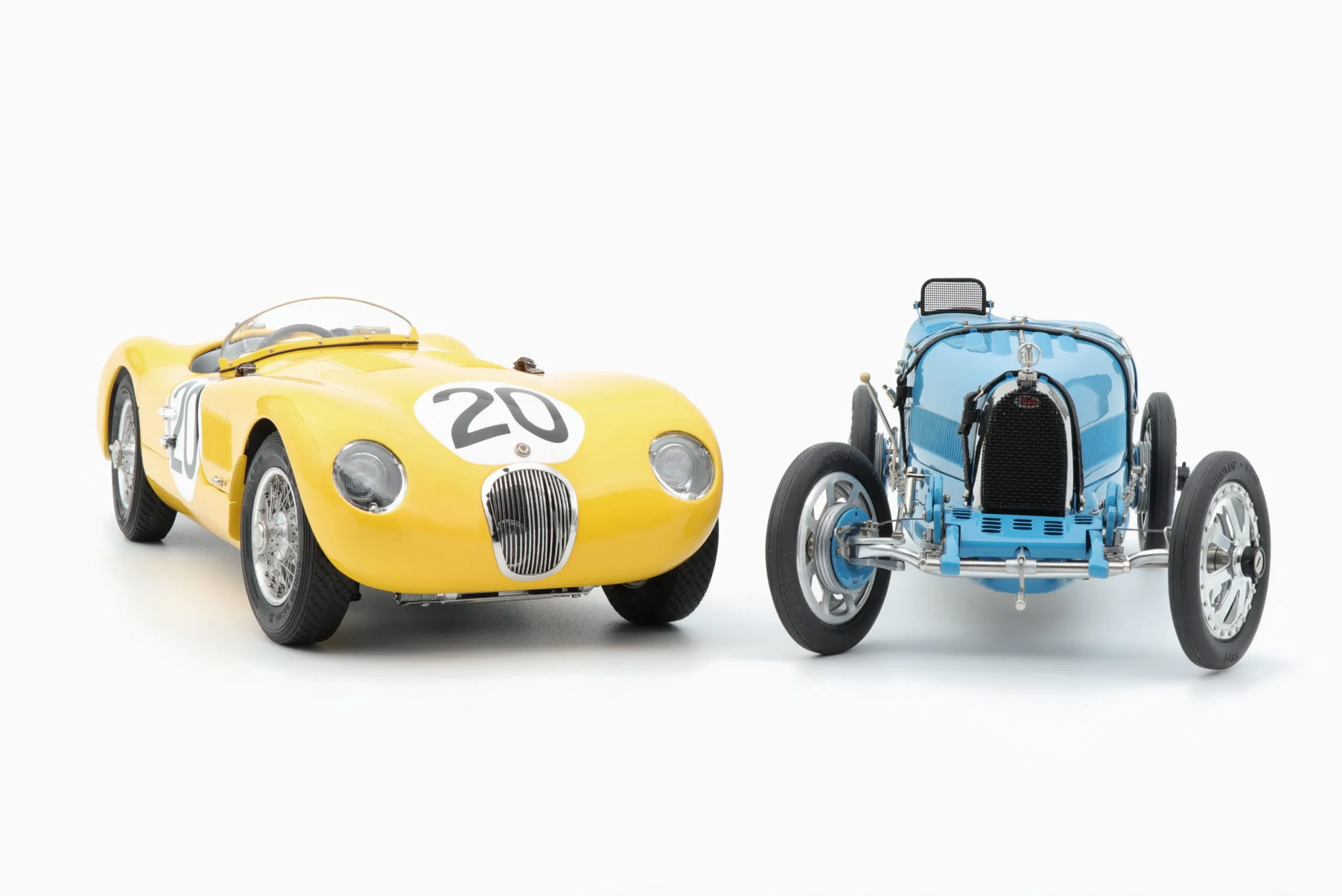
The materials used in manufacturing diecast models greatly influence their durability, appearance, and overall value. High-quality diecast models typically utilize a zinc alloy for the body and other metal components, providing weight and a solid feel. The metal should be free of imperfections and have a smooth, even finish to allow for detailed painting. Plastic parts, such as interior components, tires, and sometimes body details, should be made from durable, high-quality plastics that can withstand handling and resist cracking or warping. The paint finish is another essential aspect. Premium models often feature multiple layers of paint, meticulously applied to achieve a realistic and durable finish. The paint should be resistant to chipping, fading, and other forms of wear. The quality of materials not only affects the model’s appearance but also its longevity, ensuring that the model remains a prized collectible for years to come. Checking the model for any imperfections on the material is highly recommended.
Detailing and Accuracy
Detailing and accuracy are critical factors that separate excellent diecast models from average ones. High-quality models strive to replicate the real-life vehicle as closely as possible, paying attention to every aspect of the design. This includes intricate interior details, such as accurately modeled dashboards, seats, and steering wheels. Exterior features should be precisely rendered, including realistic headlights, taillights, grilles, and emblems. The paint finish plays a key role in enhancing detail, with accurate color matching and meticulous application. Many premium models feature functional elements, such as opening doors, hoods, and trunks, along with working steering and suspension systems. The use of photo-etched parts and other fine details, like realistic decals and markings, further enhances the model’s accuracy. Collectors should look for models that faithfully capture the essence of their full-scale counterparts, appreciating the craftsmanship and attention to detail that elevates them from toys to collectible artworks.
Brand Reputation and Reviews
Brand reputation and reviews offer valuable insights into a diecast model brand’s reliability, the quality of its products, and its overall customer satisfaction. Researching a brand’s reputation involves examining its history, its established position in the market, and its commitment to excellence. Reviews from other collectors are an invaluable resource; these reviews can provide detailed information on the model’s accuracy, build quality, and any common issues or defects. Look for reviews on reputable collector forums, online marketplaces, and dedicated model car websites. Pay attention to recurring themes in the reviews, noting both positive and negative feedback. A brand with a solid reputation typically demonstrates consistent quality, provides excellent customer service, and stands behind its products. Reading reviews before purchasing a model can help you make informed decisions, ensuring you invest in models that meet your expectations and provide long-term value. A brand with a positive reputation is more likely to deliver a high-quality product and support your collecting interests effectively.
Top Diecast Brands

Several brands have established themselves as leaders in the diecast model market, each offering unique strengths and catering to various collecting preferences. These brands are known for their quality, attention to detail, and the variety of models they offer. Choosing the “best” depends on individual preferences. The brands listed below are widely recognized and highly regarded in the diecast model community. They consistently produce models that meet high standards for accuracy, build quality, and overall appeal. These brands provide collectors with a wide range of choices, from classic cars to modern supercars, ensuring there is something for everyone. Many of these brands have long histories and have earned the trust of collectors. Assessing each brand’s strengths and weaknesses and considering your personal collecting goals are recommended to find the brand that best suits your needs.
Hot Wheels
Hot Wheels is arguably the most recognizable name in diecast models, particularly for its widespread popularity and affordability. Hot Wheels models are primarily known for their imaginative designs, vibrant colors, and focus on speed and playability. The brand offers a diverse range of vehicles, from classic cars to original creations and licensed models, making it appealing to a broad audience. The price point is very accessible, making it an excellent starting point for young collectors or casual hobbyists. Hot Wheels’ commitment to innovation and its frequent release of new models ensures that there is always something new to discover, keeping collectors engaged and excited. While the primary focus is on fun and design, the brand has evolved to cater to serious collectors with premium lines that offer greater detail and realism. Hot Wheels remains a cornerstone of the diecast model world, sparking imagination and driving the passion for collecting.
Matchbox
Matchbox is another iconic diecast brand, known for its realistic models of everyday vehicles, such as cars, trucks, emergency vehicles, and construction equipment. Matchbox models emphasize detail and authenticity, appealing to collectors who appreciate a focus on real-world vehicles. The brand has a rich history and continues to produce high-quality models at an accessible price point. Matchbox offers a range of models from various eras, allowing collectors to build collections that reflect their interests in specific vehicle types or periods. The brand’s emphasis on realism and its affordability makes it a great option for those new to the hobby. Matchbox’s commitment to quality and the wide variety of vehicles it produces have cemented its position as a favorite among collectors. Matchbox is a solid choice for anyone seeking authentic and well-crafted diecast models.
Maisto
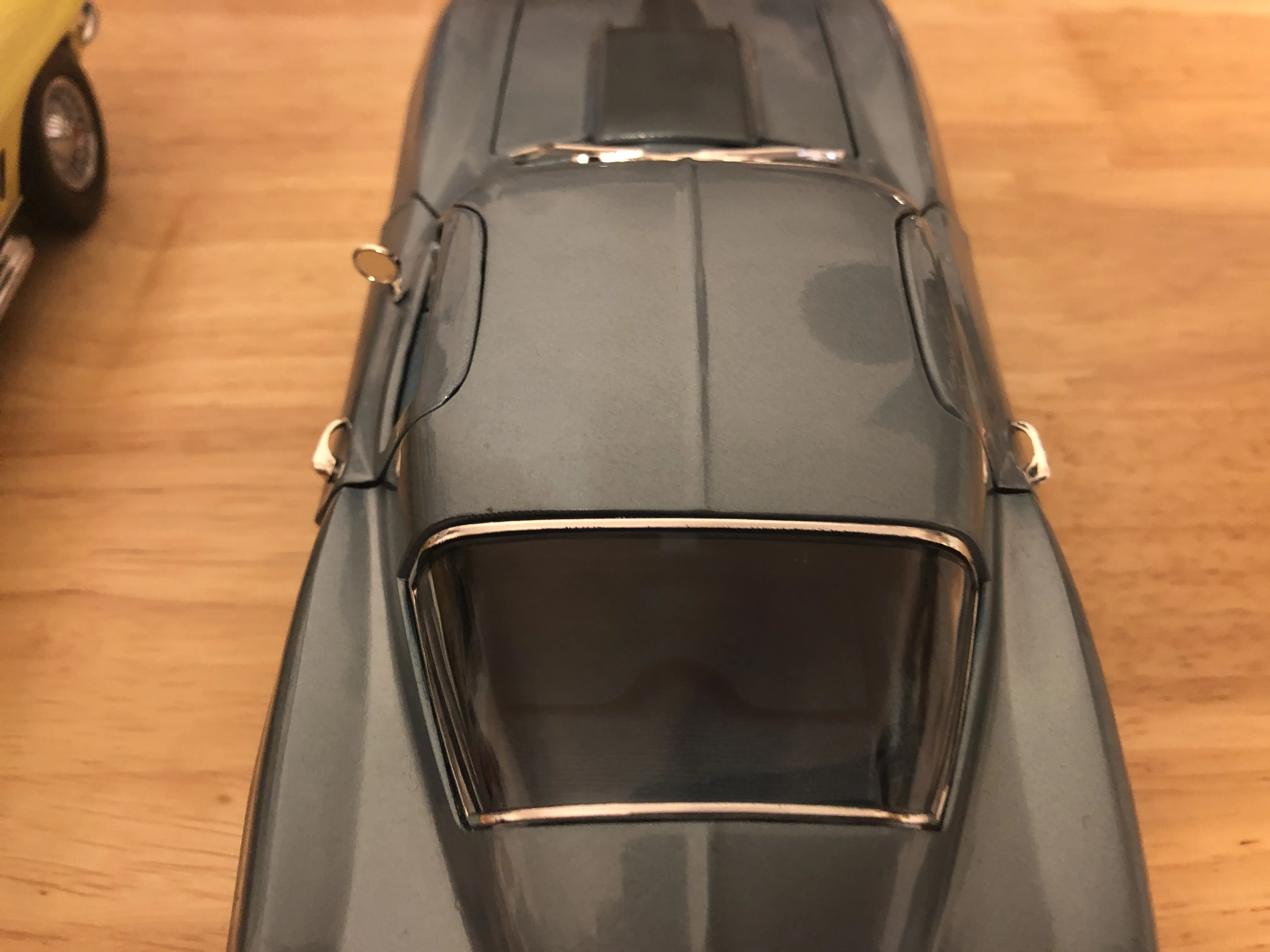
Maisto is recognized for producing a diverse range of diecast models, with a focus on both licensed replicas of popular cars and original designs. Maisto models offer a balance of affordability and detail, making them accessible to a wide audience. The brand caters to collectors who appreciate a blend of accuracy and value, providing models that are well-detailed and representative of their full-size counterparts. Maisto’s selection includes classic cars, sports cars, trucks, and motorcycles, with a wide range of scales available. Maisto is known for its ability to offer a diverse range of vehicles. Maisto is an excellent option for collectors looking for variety and value in their diecast model collection. Maisto remains a go-to brand for collectors seeking detailed, affordable models that represent a broad spectrum of vehicles.
How to Start Your Diecast Collection
Starting a diecast model collection involves several key steps, beginning with identifying your interests and setting a budget. Determine which types of vehicles appeal to you the most; consider specific makes, models, eras, or vehicle types, as well as your scale preferences. Setting a budget helps ensure you can build your collection without overspending. Research different brands, comparing prices, and assessing the quality of materials and detailing. Start small, focusing on a few carefully chosen models to build a solid foundation. Look for reputable retailers who offer a variety of models and competitive prices. Take advantage of online marketplaces, collector shows, and community forums to discover and acquire models. Consider joining a collector group or online community to gain knowledge, connect with other enthusiasts, and learn from their experiences. By carefully planning and making informed decisions, you can build a diecast model collection that brings joy and satisfaction for years to come. A well-curated collection is a rewarding experience.
Setting a Budget
Setting a budget is a critical step in starting a diecast model collection, ensuring you can build your collection without financial strain. Start by assessing your available funds and determining how much you can comfortably spend on models each month or year. Consider the initial cost of models, as well as any ongoing expenses, such as display cases or storage solutions. Research the typical price range for the models you are interested in, considering factors like brand, scale, and level of detail. It’s recommended to begin with a modest budget and gradually increase it as you gain more knowledge and confidence. Prioritize your purchases, starting with models that are most important to you or those that represent the best value. Track your spending to monitor your progress and adjust your budget if needed. By setting a budget, you can collect diecast models in a sustainable way, enjoying the hobby without overspending or compromising your financial well-being.
Choosing Your Scale
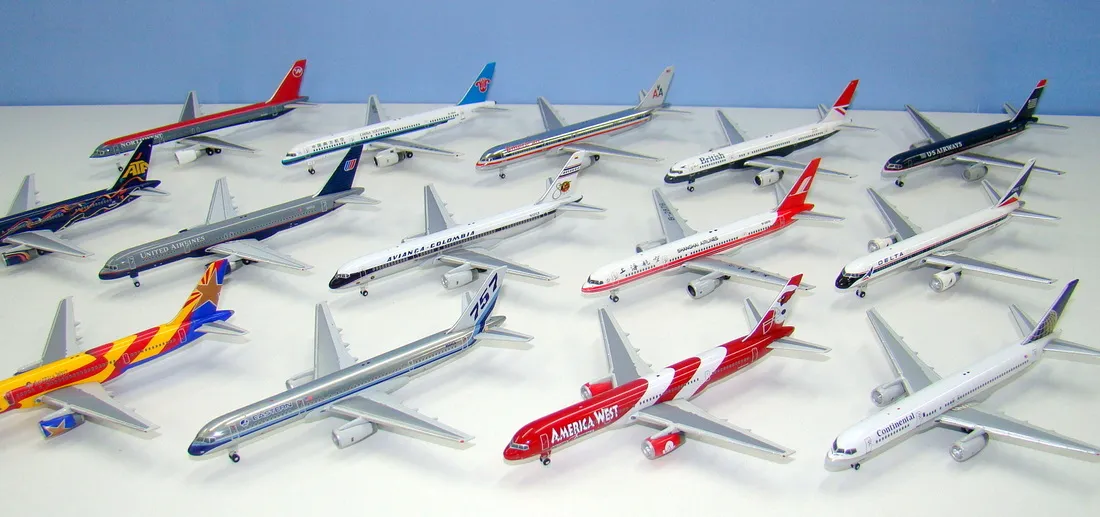
Choosing the right scale is an important decision when starting a diecast model collection, significantly impacting the size, detail, and cost of your models. Consider the amount of space you have available for display and storage. Larger scales, like 1:18, offer more detail but require more display space, while smaller scales, like 1:64, are more compact and affordable. The level of detail also varies by scale; larger scales allow for more intricate details, such as opening doors, detailed engine compartments, and realistic interiors. The cost of models is often related to their size, with larger scales typically being more expensive. Consider the type of vehicles you are most interested in collecting. The 1:43 scale is common for classic cars. Explore different scales before committing to one, comparing models from different brands to see which best suits your preferences. Choosing the right scale allows you to optimize your collecting experience, balancing detail, space requirements, and your budget effectively. A well-chosen scale enables you to build a collection that is both visually appealing and manageable.
Displaying Your Collection
Displaying your diecast model collection is essential to showcasing your models and protecting them from dust and damage. Consider the available space in your home, choosing display areas that are well-lit and easily accessible. Display cases offer an excellent way to showcase your collection, providing protection from dust and allowing for an organized presentation. Shelves are a simple and flexible option, allowing you to arrange your models in various ways. Consider thematic displays, grouping models by brand, model type, or era, or in chronological order. Regularly dust and clean your models to maintain their appearance. Consider using lighting to highlight the details of your collection. You can create a visually appealing display that enhances your enjoyment of your models and allows you to share your passion with others. The way you display your collection is a reflection of your individual style and collecting preferences.
